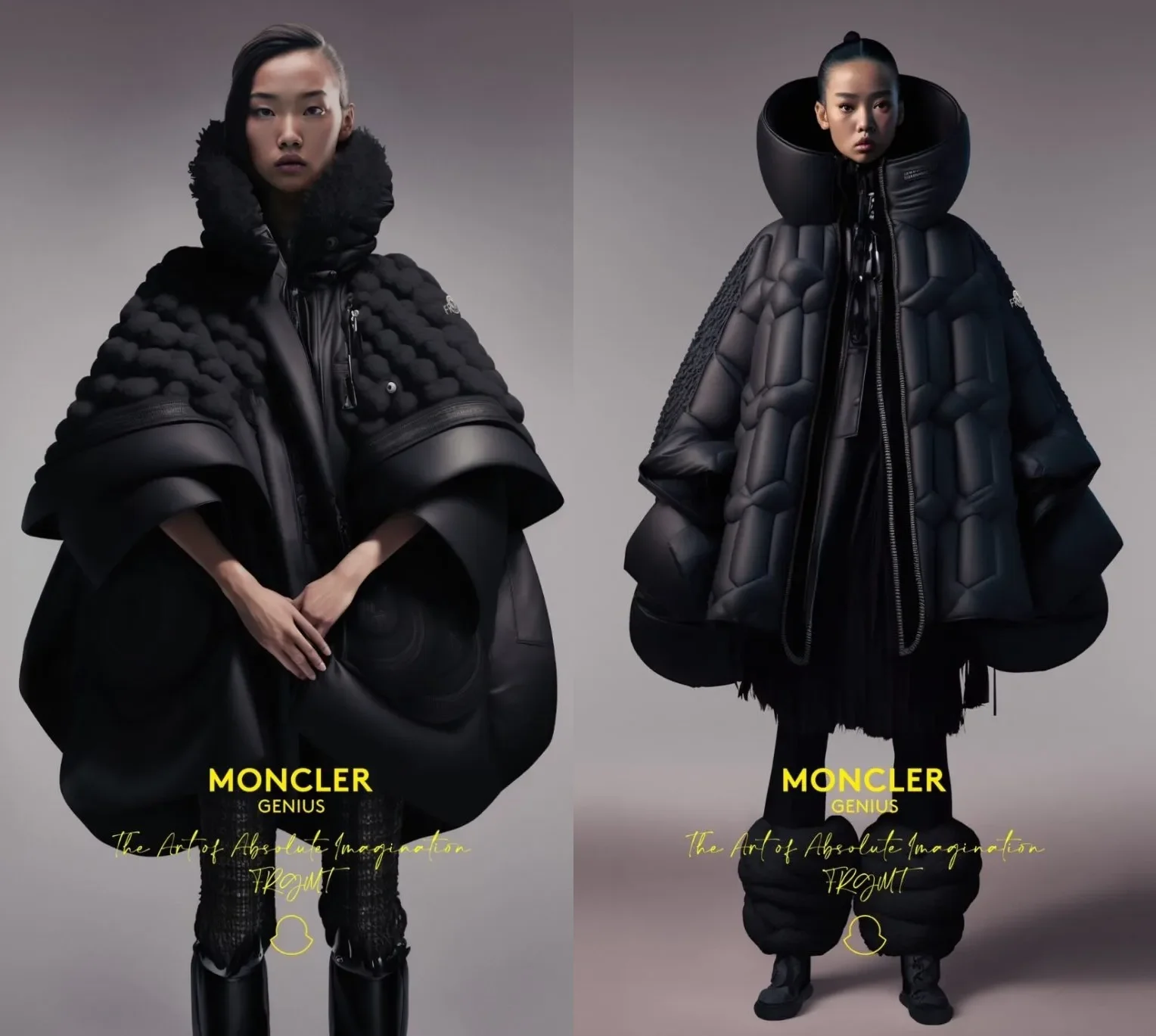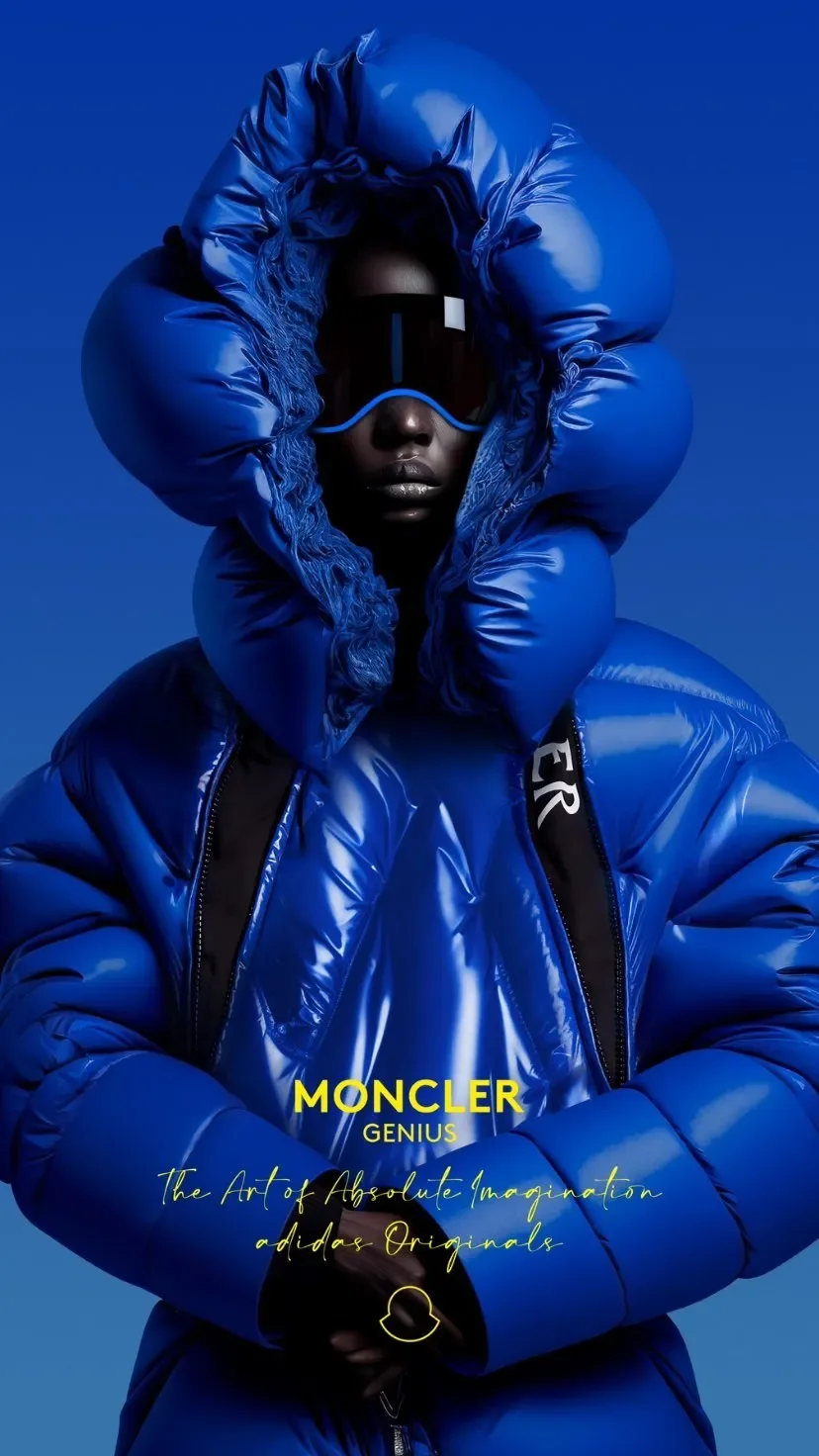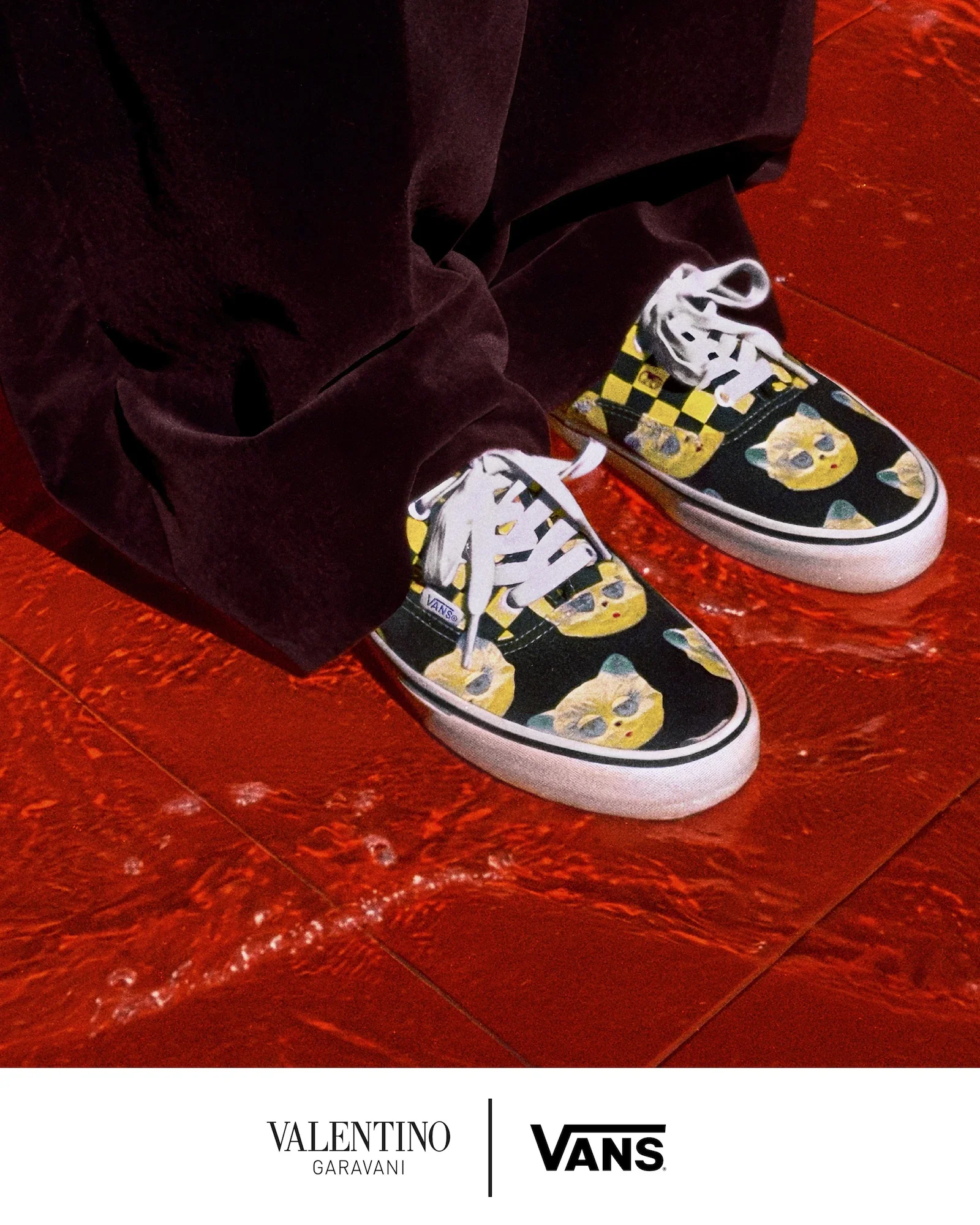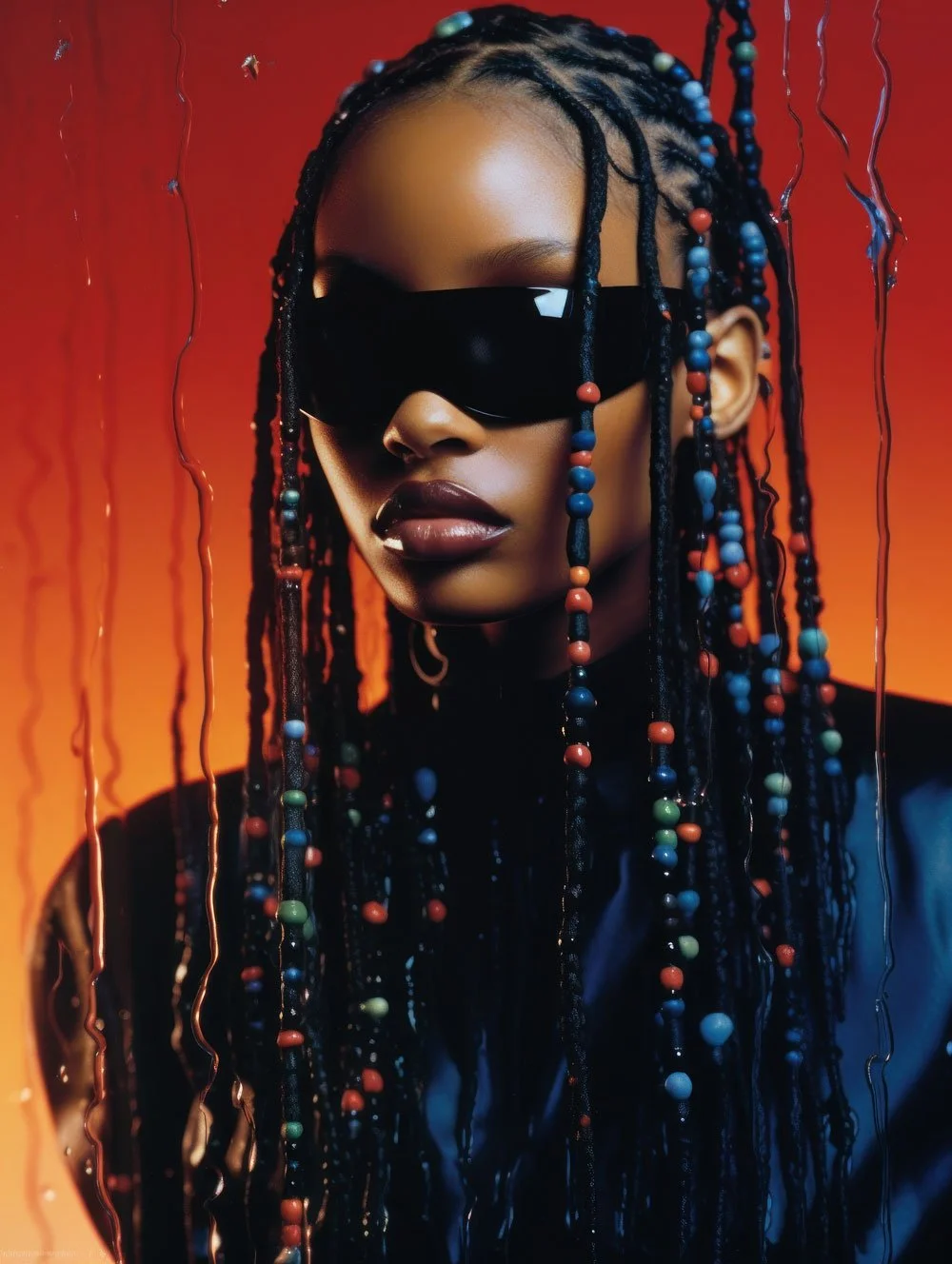How Luxury brands have actually been using Generative AI in Advertising over the past 2 years
A CASE STUDY.
Introduction
Between late 2023 and 2025, luxury marketing moved from testing AI to actually using it in public campaigns. Well-known names like Moncler, Valentino, Jacquemus, Gucci, and LVMH have all experimented with generative AI (GenAI) in different ways: from campaign imagery and digital stunts to group-wide content production systems.
These efforts show real gains in speed and scale, but they also highlight risks around authenticity and brand perception.
Why Luxury is Leaning Into GenAI
Speed and cost: AI-generated images and videos can create multiple versions of campaign assets quickly, reducing the need for costly photo shoots.
Group investment: Groups like LVMH are building shared AI platforms for content, product visuals, and recommendations - focusing on supporting creative teams rather than replacing them.
Consumer caution: Research shows that simply labeling something as “AI-generated” can make luxury brands feel less exclusive or less crafted, so transparency must be carefully managed.
Brand Case Studies
Moncler: “Moncler Genius” AI Campaign (London Fashion Week, 2023)
What happened: Moncler worked with creative agency Maison Meta to produce one of the first major AI-powered campaigns in luxury fashion. The campaign used AI to generate striking visuals for its Genius collaborations (Adidas Originals, Pharrell, Alicia Keys, Palm Angels, etc.), all produced in just about two weeks.
Why it matters:
Proved AI campaigns can be used at a global, prestige level.
Set a benchmark that other luxury houses have since referenced.
Moncler also pushed beyond ads, exploring how AI concepts could even inspire real products.
Valentino & Jacquemus: Digital Stunts Paving the Way for AI
What happened: Valentino has been mentioned alongside Moncler as an early adopter of AI-driven campaigns. Meanwhile, Jacquemus went viral with its “Le Bambino” videos showing oversized handbags driving through Paris. While these were made with CGI rather than AI, audiences often don’t distinguish between the two, blurring the line between traditional digital effects and AI-generated creativity.
Why it matters:
These projects made audiences more comfortable with highly synthetic but realistic visuals.
They also raised new questions around transparency and consumer trust, which are now key issues for luxury marketing.
Gucci: Art Collaborations with GenAI
What happened: Gucci partnered with Christie’s on Future Frequencies, a project commissioning artists to use generative AI to create digital garments and artworks. This positioned Gucci as a brand exploring AI as a creative medium, not yet for large-scale ad campaigns but in carefully curated art contexts.
Why it matters:
Shows how a leading luxury house is treating GenAI as an artistic tool.
By commissioning artists and curating outputs, Gucci reduces risks around copyright, style drift, and uncontrolled AI experiments.
LVMH (Dior, Louis Vuitton, Tiffany & Co.): Scaling AI Across the Group
What happened: LVMH created an “AI Factory” to support brands like Dior, Louis Vuitton, and Tiffany with tools for forecasting, personalization, and AI-assisted creative work. In 2024, it awarded its Innovation Prize to FancyTech, a startup that generates high-quality videos from 3D product models; streamlining content for e-commerce and campaigns.
Why it matters:
Shows how a group-wide system can make AI use consistent and scalable.
Suggests a near future where Dior, Vuitton, and Tiffany regularly use AI-assisted video and animation alongside traditional shoots.
What’s Not Verified as Brand Work
Many slick “AI ads” for Dior, YSL, Gucci, or Louis Vuitton circulate on social media, but most are spec pieces made by independent creators, not official campaigns. They’re useful to imagine what’s possible, but they shouldn’t be mistaken for brand-backed projects.
Results We Can Point to Today
Speed & efficiency: Moncler produced global campaign assets in weeks instead of months. LVMH is already cutting production time for video assets.
Consumer reaction: Studies show that simply saying “AI-generated” can hurt how luxury brands are perceived, reminding marketers to frame disclosure carefully.
New structures: LVMH’s AI Factory suggests luxury groups will manage AI with centralized platforms, providing tools and quality control to individual brands.
UNYQ’s Practical Governance Playbook
Keep humans in charge. Use AI to speed up concepting and variations, but leave creative direction and brand heritage decisions to humans.
Work with trusted partners. Commission artists or agencies for AI work rather than relying on random tools, to keep output aligned with brand values.
Be thoughtful about disclosure. Consider softer language around digital craft instead of blunt “AI-generated” labels.
Set quality checks. Review every asset for logos, anatomy, and cultural sensitivity - luxury consumers notice small mistakes.
Use AI where it makes sense. Focus on scalable content like seasonal variants, e-commerce videos, or social cut-downs, while keeping flagship campaigns with top-tier photographers and filmmakers.
Conclusion
Luxury brands are cautiously but steadily embracing generative AI. The past two years have shown that AI can speed up content creation, reduce costs, and open new creative possibilities, without replacing the artistry that defines luxury. For now, the most successful examples come from brands that use AI as a supporting tool while keeping control of storytelling and craft firmly in human hands.





